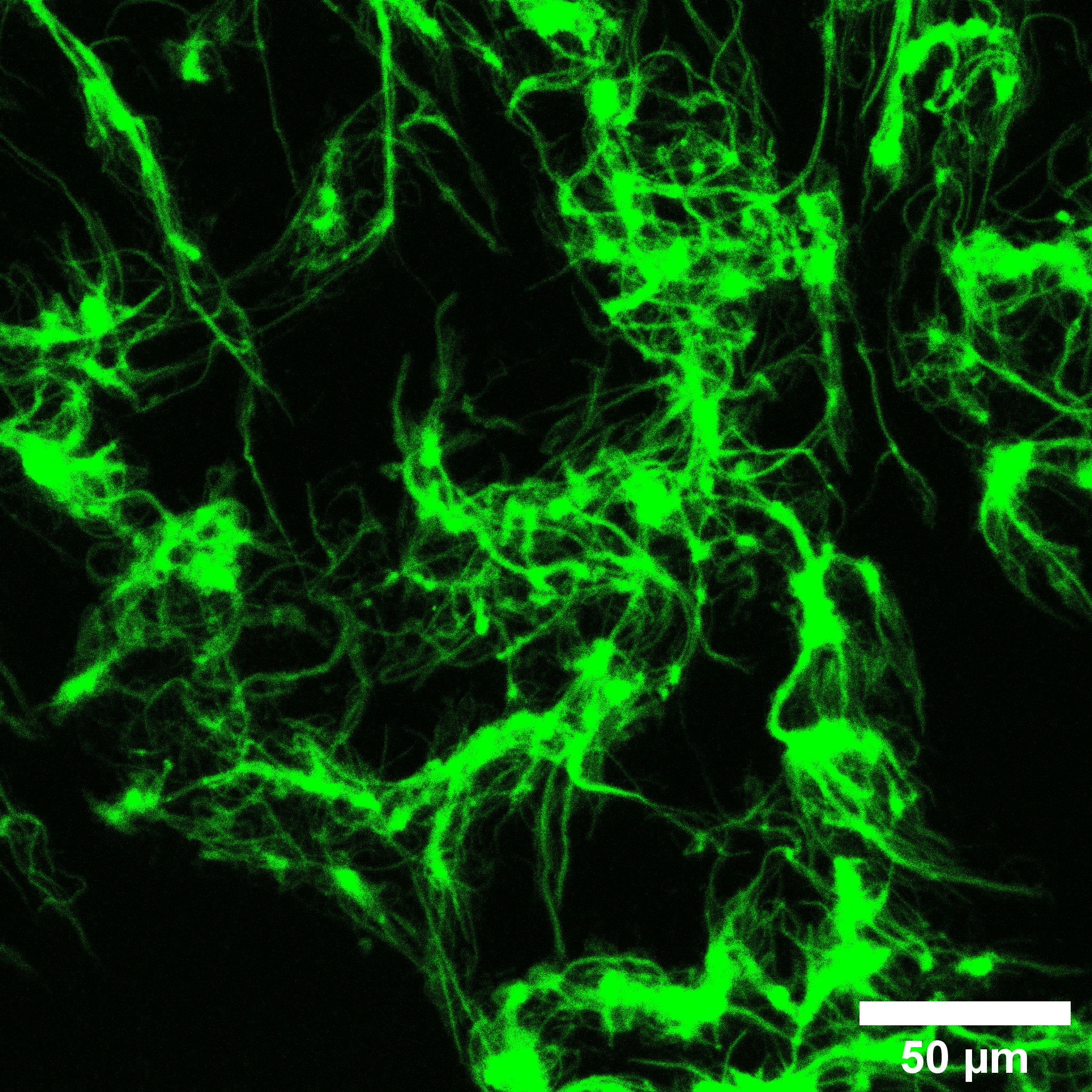(507c) Novel High-Performance Sustainable Biopolymer Films Hierarchically Reinforced with Dendricolloids
AIChE Annual Meeting
2022
2022 Annual Meeting
Materials Engineering and Sciences Division
Sustainable and Bio-inspired composites
Wednesday, November 16, 2022 - 1:10pm to 1:30pm
The excessive production and consumption of petroleum-based plastics have created ominous environmental and ecological impacts which is driving increased interest in developing biodegradable, renewable alternatives. We will report a new class of naturally derived biopolymer composites, which are envisioned as multi-functional biodegradable substitutes for polymer films. These films are based on nano and micro-scale reinforcement using our group’s recently discovered soft dendritic colloids (SDCs). The SDCs are highly branched polymeric particles surrounded by a nanofibrillar corona produced from polymer precipitation in a turbulently sheared nonsolvent medium. The biopolymer composite films are based on an agarose (AG) polysaccharide matrix reinforced with chitosan (CS) SDCs. Owing to the entanglement network of hierarchically branched SDCs fibrils, the films acquire outstanding properties such as mechanical robustness and hydrophobicity. The excellent mechanical performance is attributed to a strong interlayer adhesion as well as an effective load transfer between the two networks. Due to a dense network formation and intermolecular interactions between the positively charged SDCs and the negatively charged matrix, the films become hydrophobic, which may overcome one of the most challenging limitations to bio-derived functional materials – sensitivity to water. The intra- and intermolecular hydrogen bonding interactions between the SDCs and the matrix, arising due to the abundance of polar functional groups along both AG and CS molecules, were characterized using infrared spectroscopy. Morphological analysis showed that SDCs are well incorporated in the films indicating good spatial distribution in the matrix with no obvious signs of agglomeration. Characterization of the hydrostability of the films and their water vapor permeability showed synergistic effects due to the SDCs inclusion. These films can find applications as next-generation functional biodegradable materials with properties that are surpassing or comparable to the current petroleum-based systems.


